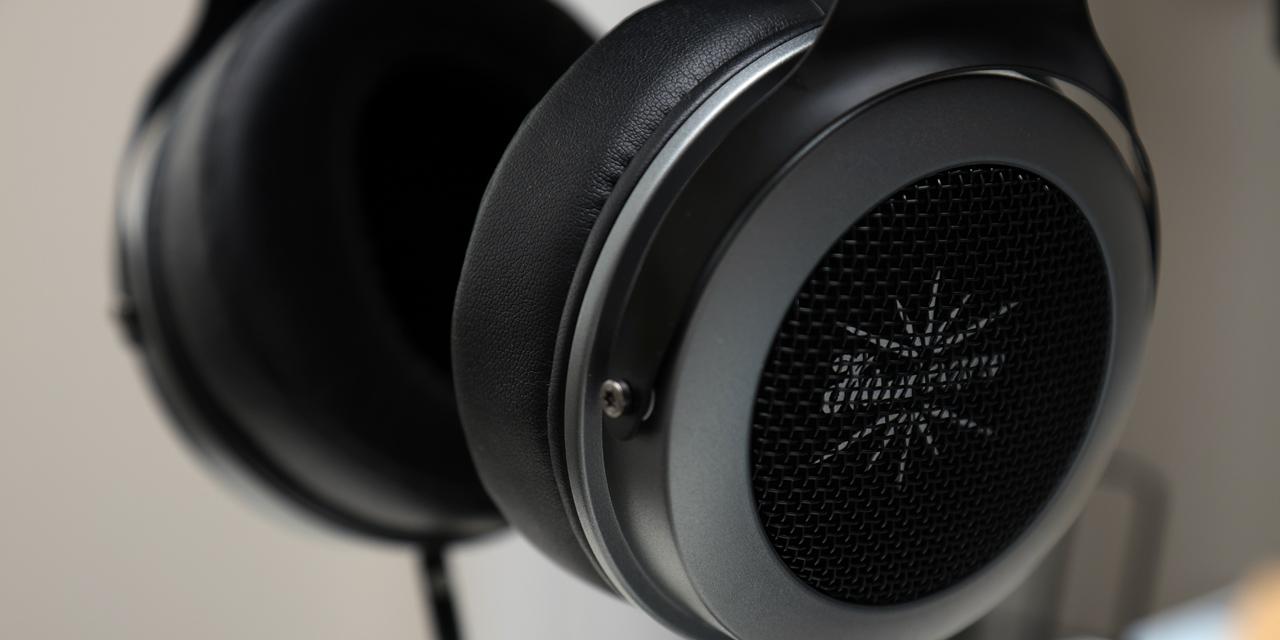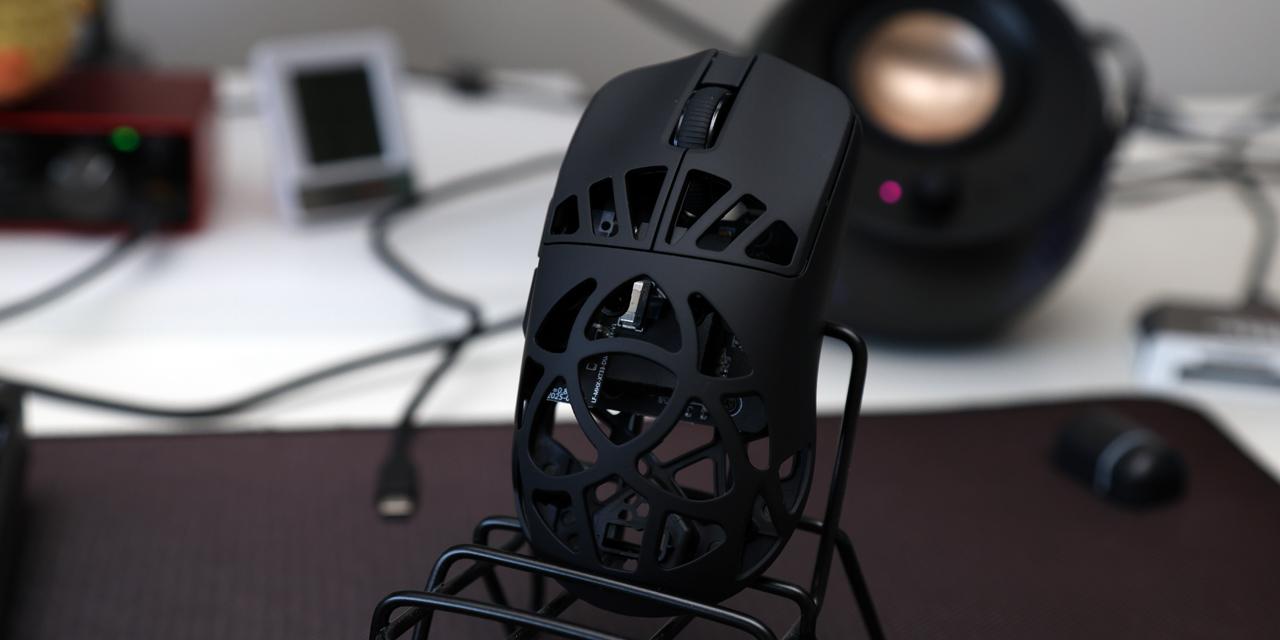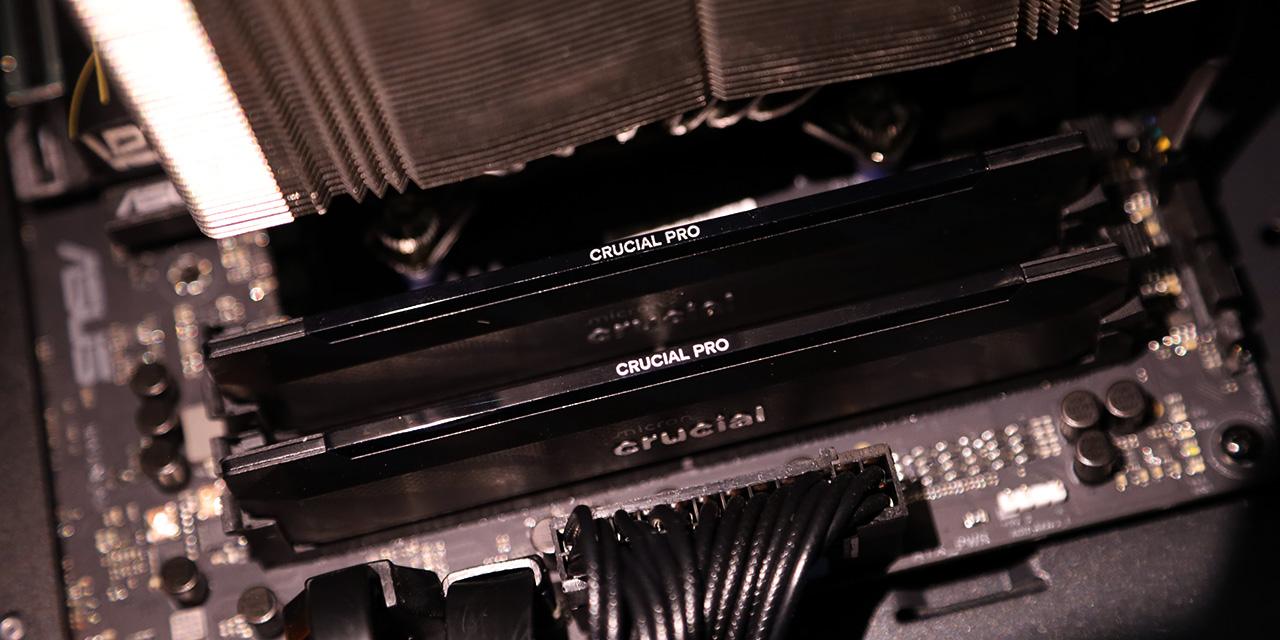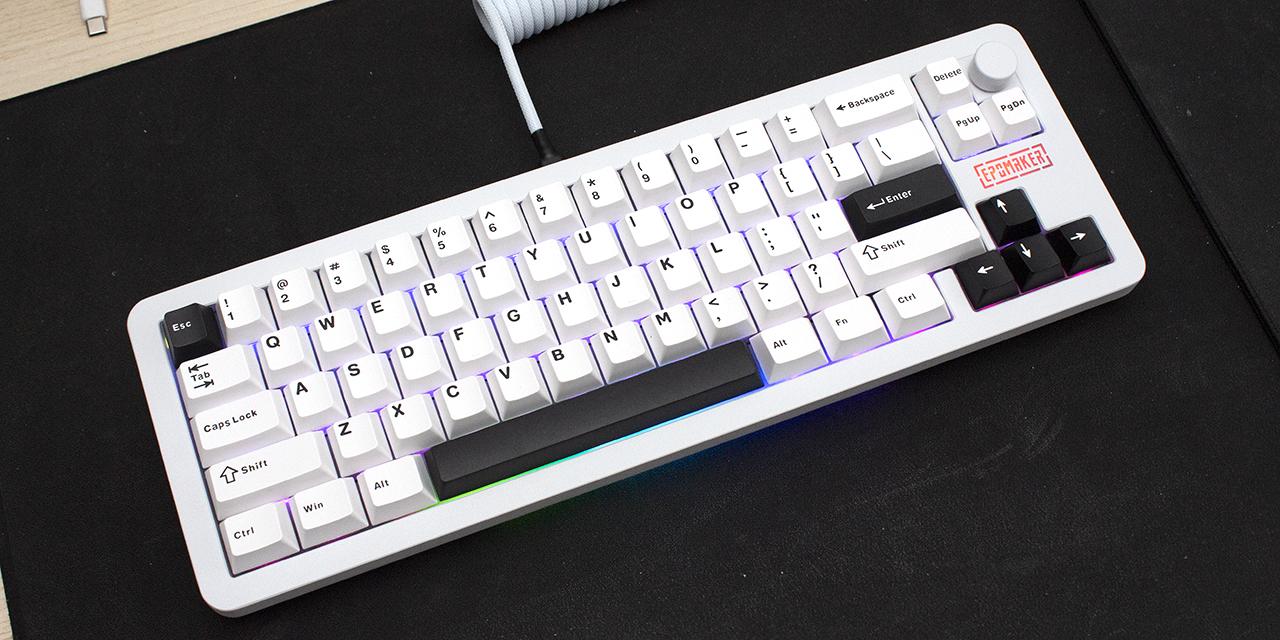|
From X-bit Labs: SK Hynix this week introduced DDR3L-RS (reduced standby) DRAM made using its 20nm-class technology for mobile solutions. This product significantly reduces the standby power consumption. Unfortunately, it is unclear whether DDR3L-RS is compliant with existing JEDEC standards, something that may undermine its market success. By using cutting-edge 20nm class technology and efficiently managing standby current, this DDR3L-RS product reduces 70% of standby power compared to existing DDR3L memory while it maintains DDR3L performance (e.g., 1600MHz clock-speed) and 1.35V operating voltage. Hynix offers 2Gb, 4Gb and 8Gb DDR3L-RS DRAM chips as well as 2GB, 4GB and 8GB SO-DIMMs. The DDR3L-RS is expected to become a preferable memory solution for devices that require mobility, performance and low power. The product is claimed to be less expensive than rather exotic LPDDR3 while significantly reducing standby current compared to existing DDR3L. SK Hynix expects to penetrate into the new markets, including low to mid-end ultabooks and tablets with this intermediary product. “With the release of the new DDR3L-RS DRAM, we are now able to provide price competitive and low power products to the customers and these products will open a new area of memory semiconductor as one of the best memory solutions for the low to mid-end market,” said Ji Bum Kim, head of worldwide marketing and sales division of SK Hynix. Considering the fact that large PC makers consider compliance of all the components with industry standards very rigorously, DDR3L-RS memory may not have a lot of chances to gain ground on the mass market unless it becomes a JEDEC standard. Meanwhile, SK Hynix has a roadmap for RS-type of memory that spans to DDR4, which means that reduced standby technology is considered as a one that is set to stay. View: Article @ Source Site |
 |
SK Hynix Introduces DDR3L Memory with Reduced Standby Power Consumption
© Since 2005 APH Networks Inc. All trademarks mentioned are the property of their respective owners.





